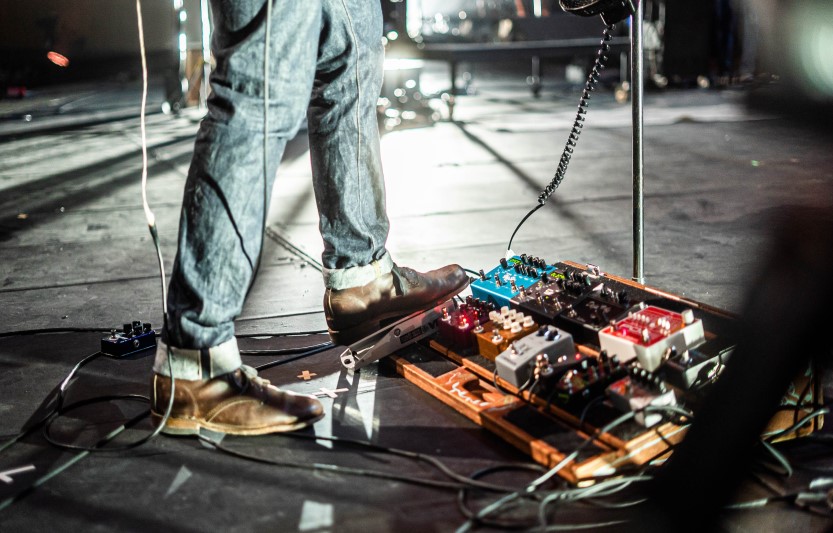
In this Beginners guide to pedalboards, we’re gonna help you navigate the sea of choices available.
There are so many pedals, models, types, uses, configurations. As a result, putting together a pedalboard can be overwhelming even for experienced players, nevermind beginners. But don’t worry, we’ll go slowly. Firstly, understand that the most important part of a pedalboard is you. A choice of effect or pedal that might work wonders for a certain player can be wrong for you. After all, like most things guitar-related, effects and pedals are a largely personal matter. Here is your beginners guide to pedalboards.
Effects alter the sound of your guitar
This sounds obvious. But notice I did not say they make you a better player? An effects pedal is a device that alters the sound of the guitar. There are many ways in which this is done, depending on the actual effect being used. Effects come in different presentations. To make it more usable while playing, they are usually activated by foot. Just step on the footswitch, pedal or bank and there it is. There are stompboxes, racks, footswitches, foot controllers, plug-ins, etc.
Distortion and overdrive
Distortion/overdrive is a feature widely used by guitar players of many styles. This effect is usually achieved by increasing the gain to create a gritty, fuzzy, and more aggressive sound.
You can have an extremely distorted sound that might be suitable for a metal guitar player for instance. You can also have a much less distorted sound, typically known as overdrive. Distortion alone is responsible for some of the greatest guitar riffs ever.
Some famous distortion pedals are the Ibanez Tube Screamer, the RAT from Music Co, and the Boss DS-1.
Chorus, Flanger, and Phaser
Known as modulation effects, Chorus, Flanger, and Phaser will make your guitar sound bigger and spatial. However, these effects will not add grittiness to the sound and instead will keep it clean but “wet”. Flanger mixes two identical signals from your guitar sound and then delays one of them. Phaser is closely related to Flanger but is considered a different effect.
On the other hand, Chorus is also a very popular effect, to the point that it’s even included in some amplifier models like the legendary Roland JC-120. Chorus is produced by mixing two signals, one of them with the pitch a bit shifted.
Time-based effects
Effects that alter the original signal based on time include Reverb, Delay, and Echo. Reverb is quite popular and is even included in some legendary amps like the Fender’s Twin Reverb and Princeton Reverb. It is an effect typically used to add ambiance. Pretty simple. On the contrary, a delay lets you dial in the amount of delay in milliseconds to match whatever you are trying to do. And it can get very mathematical, very fast. And sure, you can also use a delay to just add a touch of ambiance to your sound.
Dynamic effects
Distortion and overdrive fall under the category of dynamic effects. However, I had to mention those first due to their extreme popularity with guitar players. When it comes to the dynamic effect we also have compressors and limiters. A compressor basically helps you control your loudness in a musical way. You set a threshold, and as soon as you pass that threshold the effect kicks in and starts dialing back your sound by a ratio that you assign.
There is also the limiter, which basically cuts off everything past that threshold you set. And if you are asking why would you ever want to do that, the answer is to avoid being extremely loud and avoid clipping (a nasty sounding and unwanted type of distortion).
Effects and pedals are not a replacement for practice
You have probably heard this before, but it’s worth mentioning again. If you want to get better at guitar, you have to practice. This is the most valuable tip you’re gonna get from this beginners guide to pedalboards. You can get all the pedals and effects you want; none of them is a substitute for practicing. There is no talent-booster stompbox. Nor will there ever be. However, learning and experimenting with effects is important. These effects are not guitar-exclusive. As a result, they are included as plug-ins in most recording softwares. But remember, no pedal or effect can make up for practice. If anything, effects will just expose and highlight your ability, or lack thereof.


